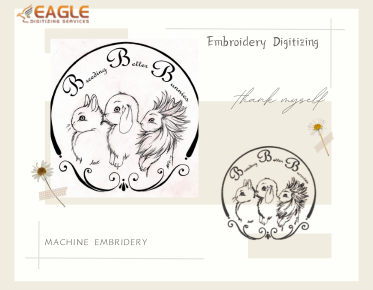Mastering Complexities in Vector Graphics Design
Handling complex details in vector graphics can be challenging but immensely rewarding when executed with precision. With the rise of digital design in advertising, marketing, and arts, vector graphics offer a versatile and scalable solution to create stunning visuals. In this exploration, we'll delve into techniques that can aid in managing intricacies within vector graphics to produce high-quality outcomes, lest the complexities deter you from realizing your vision.
Understanding Vector Graphics
Vector graphics are created using paths defined by mathematical expressions, enabling the design to scale infinitely without loss of quality. This differs significantly from raster images, which rely on a set grid of pixels that can blur when resized. This property makes vector graphics especially popular in printing, logos, and digital illustrations. Yet, the real challenge lies in manipulating these vector paths to reflect complex details accurately, demanding both expertise and the right tools. For detailed understanding and tools, you can visit Vector Conversions.
Tools and Techniques for Detailed Vector Graphics
When dealing with complex vector graphics, selecting the right software and techniques plays a crucial role. Tools like Adobe Illustrator and Corel Draw offer advanced functionalities for vector manipulation, allowing precise control over paths and nodes. The capabilities of these software programs to handle layers, gradients, and various effects are instrumental in managing complex designs. To get started with some free resources and software options, check out Vector Magic.
Optimizing Color and Layers
The manipulation of color and layers is pivotal when handling complex vector designs. Vector graphics allow each color to reside on its own layer, which simplifies the process of making adjustments. Whether it's changing hues or toggling the visibility of a layer, mastering these features can enhance the depth and clarity of complex vector designs. Eagle Digitizing makes this process more streamlined by offering vector color separation, ensuring that each color in your image is on its own layer, thereby affording you easy modification options.
Advanced Vector Techniques
The intricacies of vector graphics require advanced techniques such as vector tracing and gradient manipulation. Vector tracing involves converting raster images into vector paths, a crucial process for ensuring the scalability of complex images. This can be automated to an extent with the advanced algorithms in contemporary vector software but often requires manual refinement. Gradient manipulation adds depth by varying color and transparency along a path, which can be particularly valuable in achieving realistic effects in a complex graphic.
Professional Services for Vector Art
For those who find navigating vector software overwhelming, professional vector art services can provide valuable support. Eagle Digitizing offers a range of vectorization services that cover everything from raster to vector conversion to graphic mockups. Their skilled team can significantly lessen the burden by delivering expertly digitized products tailored to specific marketing, screen printing, and promotional needs【4:0†Vector Services.json】.
Innovation in Vector Graphic Processing
As the design industry evolves, innovations in vector graphic processing continue to emerge, making it easier to handle complex designs more efficiently. Techniques such as automated scripting in vector software, AI-driven vectorization, and cloud-based design systems are setting new benchmarks in how designs are executed. Keeping abreast of these advancements is essential for any designer looking to maintain a competitive edge.
Reflections on Vector Graphic Design
The journey to mastering complex vector graphics is one of constant learning and adaptation. As technology evolves, so too must designers adapt to emerging tools and techniques. However, the foundational skills of precise path manipulation, color management, and knowledge of software capabilities remain invaluable. By continuously refining these skills, designers are better equipped to turn their creative visions into reality, navigating complexities with confidence.
What does the future hold for vector graphic processing, and how will these advancements shape the design landscape? These are questions that designers and businesses alike must consider as they strategize to keep pace with technological developments. Whether through professional services or self-driven learning, achieving excellence in vector graphic design is a worthwhile pursuit.



